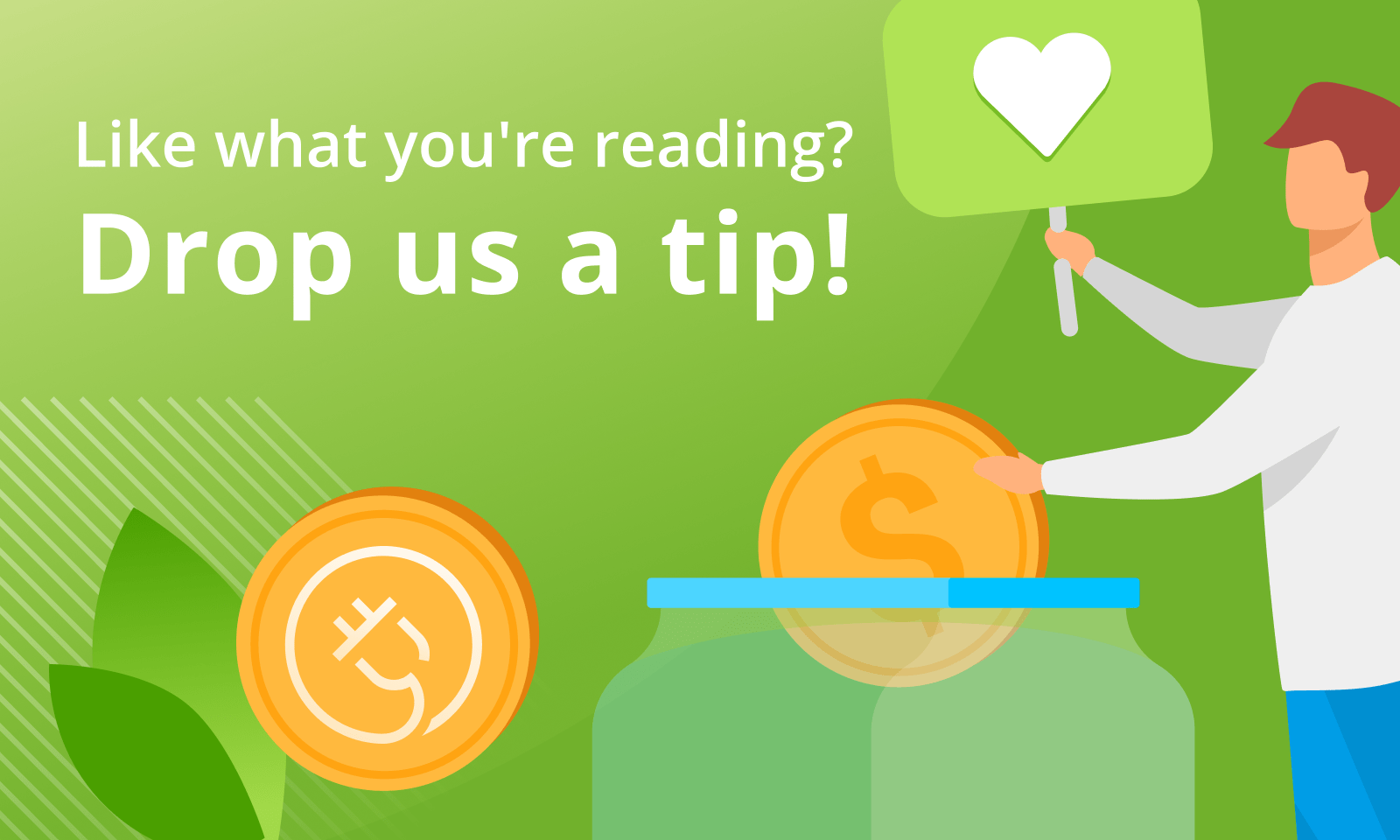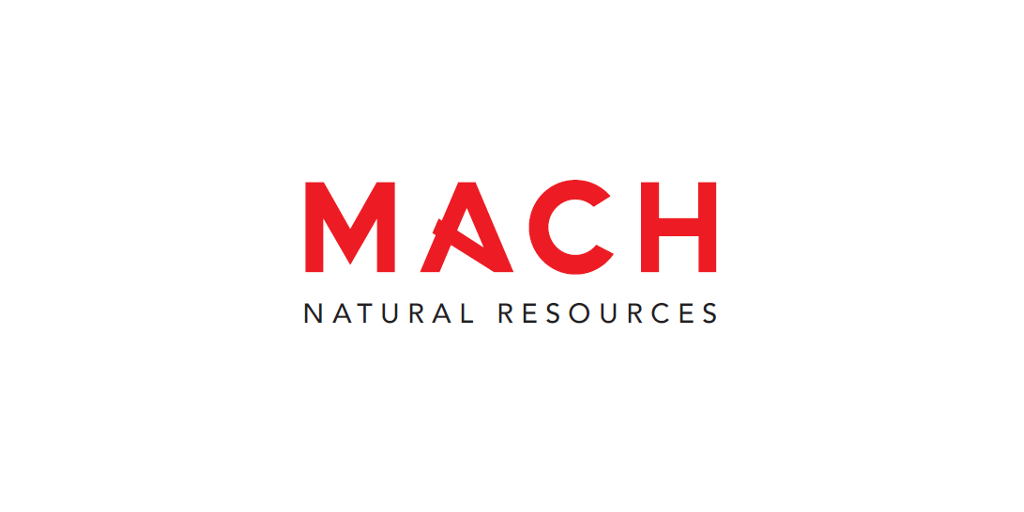Sign up for daily news updates from CleanTechnica on email. Or follow us on Google News!
Traditional regional banks tend to be skeptical about clean energy projects, which are framed as risky investments that may not yield solid returns. As a result, many banks have little experience with loans for clean energy or efficiency measures. Larger banks with more resources also resist homeowner and small business clean energy projects, focusing their clean energy resources instead on financing large scale solar and wind projects.
The opportunity for small borrowers to update with clean energy applications is about to gain momentum.
On April 4, the US Environmental Protection Agency (EPA) announced its selections for $20 billion in grant awards under two competitions which create a national clean financing network for clean energy projects and climate solutions across sectors. The grants range from $500 million to $6.9 billion and are to be awarded to 8 nonprofits.
This fund was organized by the EPA to meet demands from community financing institutions that green bank funds be more widely disbursed, rather than given to a handful of nationwide organizations.
 Chip in a few dollars a month to help support independent cleantech coverage that helps to accelerate the cleantech revolution!
Chip in a few dollars a month to help support independent cleantech coverage that helps to accelerate the cleantech revolution!
By financing tens of thousands of projects, the national clean financing network will mobilize private capital to mitigate climate and air pollution, reduce energy costs, improve public health, and create good-paying clean energy jobs in communities across the country, especially in low income and disadvantaged communities.
The goal of the clean energy projects grants is to ensure that communities have access to the capital they need to participate in and benefit from a cleaner, more sustainable economy. The EPA has set requirements for green bank fund administrators to dedicate 70% of the capital, or more than $14 billion, toward disadvantaged communities.
Such communities have historically been redlined — that’s the discriminatory practice of refusing to lend to residents of non-white communities. This $20 billion in national clean financing is a form of greenlining — reversing that discrimination by offering loans with more forgiving terms in historically excluded communities.
EPA Administrator Michael S. Regan said the new network of clean energy financing would “unleash tens of thousands of clean technology projects like putting solar on small businesses, electrifying affordable housing, providing EV loans for young families, and countless others.” The clean energy projects may be quite minimal in scope, such as helping one family purchase an electric induction stove, or they may be much larger in size, such building energy efficient low income housing.
The 2022 Inflation Reduction Act authorized the US Environmental Protection Agency to create a Greenhouse Gas Reduction Fund, aka a National Green Bank. House Republicans passed a bill in March, 2024 that would repeal the program. Representative Gary Palmer, the Alabama congressman who wrote the bill, called the EPA initiative a “Green New Deal slush fund.” President Biden threatened to veto the measure if it were to reach his desk, but it has not come for a vote in the Senate.
“The Greenhouse Gas Reduction Fund is delivering hope,” Senator Edward J. Markey, co-author of the National Climate Bank Act, expressed, “hope for justice and for a livable future.”
A Green Bank Makes Clean Energy Projects Possible
A green bank, which is an institution focused on enhancing clean energy adoption, is much more likely to lend money to businesses and individuals for equipment or technology that reduces climate pollution than a traditional bank. A green bank attracts and leverages private capital that otherwise might be unavailable to borrowers.
Reduced interest rates, extended loan terms, and low- or no-money-down finance offerings can help broaden eligibility and achieve energy bill savings, provide pricing certainty, and enable investors to achieve attractive investment returns, according to NREL. Without green banks, cost-competitive financing for clean energy projects, including energy efficiency, might not be available.
Vice President Kamala Harris and EPA Administrator Michael S. Regan have been charged with unveiling the award selections under the two grant competitions in Charlotte, North Carolina. Harris calls these grants “the largest investment in financing for community-based climate projects in our nation’s history.”
While in Charlotte, the Vice President and Regan will meet with homeowners in a historically Black community where a local nonprofit, Self-Help, worked with community partners to finance, renovate, and construct energy-efficient, affordable homes for low- and moderate-income families. Self-Help’s mission is to create and protect ownership and economic opportunity for all, especially people of color, immigrants, women, rural residents, and low-wealth families and communities. Self-Help and all its affiliates operate under one leadership structure committed to social and economic justice.
Here’s an example of how a green bank network can make all the difference to a small borrower. Homeowner Mildred Carter of DeSoto, Georgia, faced a dilemma. Her water heater died, but she could not immediately afford to replace it. With the support of Power Forward Communities coalition member Rewiring America, Mildred was enrolled in a whole-town demonstration program that would combine Georgia Power incentives of up to $5,000 with philanthropic support for energy efficiency upgrades in her home. DeSoto explained why clean energy projects are so valuable to her and to her community.
“So many families face the same challenges: something breaks, you can’t afford to replace it, and the short-term solution is really no solution at all. I’m grateful for the help I got to install a brand-new heat pump water heater that provides me all the hot water I need while saving energy and money. And I’m grateful that there’s now going to be more options for families that will make these new appliances affordable and bring the benefits to them, too.”
The idea for the Greenhouse Gas Reduction Fund had its roots over 20 years ago, when a group of financiers proposed the idea of a national bank that could attract private investment by pumping public money into things like electric vehicle charging station networks, community solar projects, and other clean energy adoption projects.
That idea has become a reality.
One example is the Connecticut Green Bank, which has driven growth in its residential and commercial segments through a residential solar loan and lease program, credit enhancements for energy efficiency and solar, EV charging systems, and a commercial property assessed clean energy product for energy conservation measures. Connecticut Green Bank is capitalized by a $.001/kWh surcharge to households in their electricity rates that results in a surcharge of about $10 per year per household.
According to American Banker, it won’t be until 2025 when more banks look beyond the big projects to further expand their financing in areas such as energy storage, rooftop solar panels, indoor agriculture, and electric vehicles.
Have a tip for CleanTechnica? Want to advertise? Want to suggest a guest for our CleanTech Talk podcast? Contact us here.
Latest CleanTechnica TV Video
CleanTechnica uses affiliate links. See our policy here.





